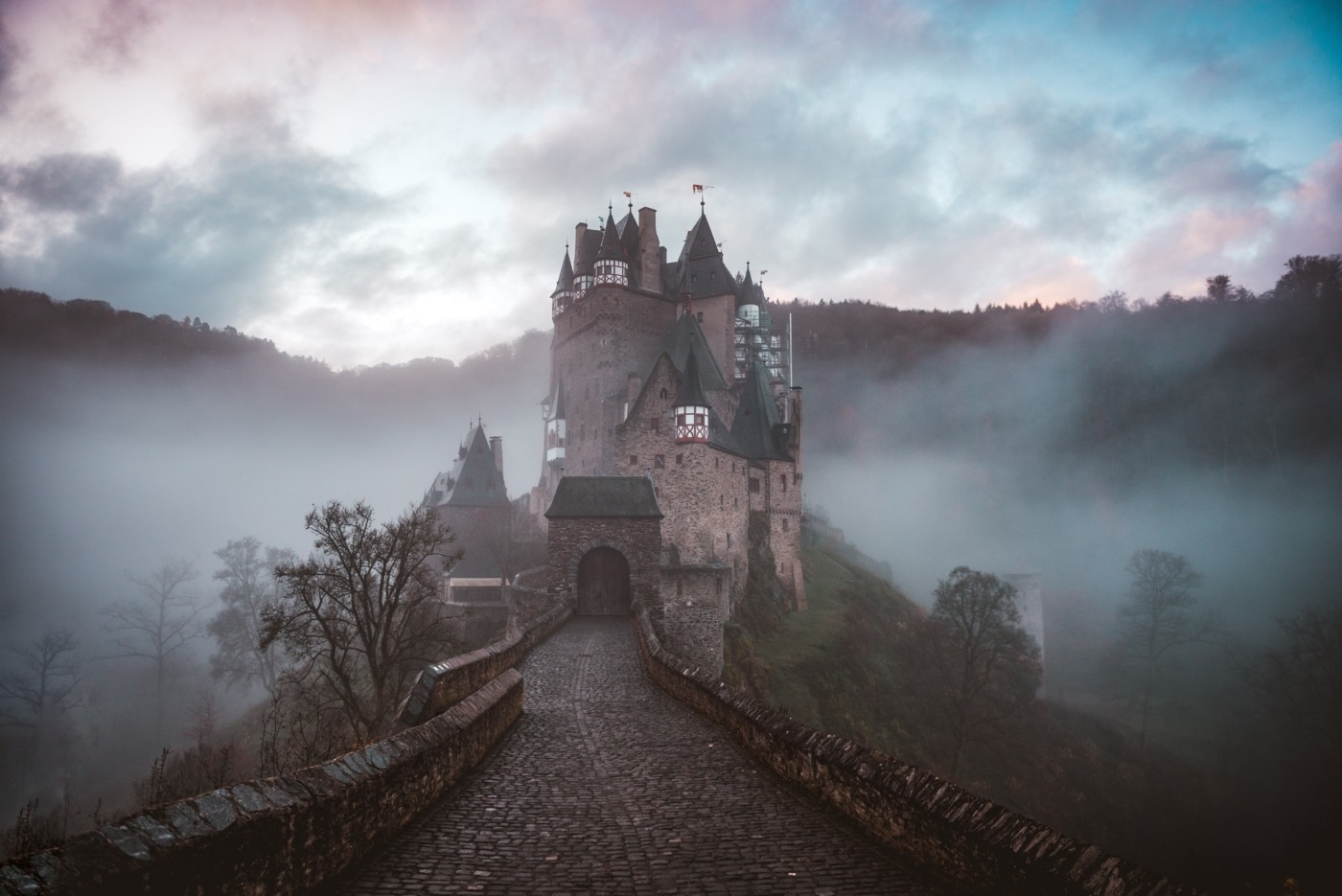Fairy tales and literary tradition
The most ancient of fairy tales have their origin in spoken tradition. Such stories would have been passed on through generations, maintaining life through recollection and the creative, life-giving spirit of the human imagination. The unlettered folk created a culture of their own, accumulating the wisdom of the past, enriching their menial lives with ingenious narratives. The strongest of these folk tales would be selected and converted into forms of literature by collectors.
Collectors, such as Giambattista Basile, Charles Perrault, the Brothers Grimm, or James Halliwell-Phillipps, gathered the spoken form of folk amusement. In each retelling, both imagination and the shortcomings of cognitive retention interpreted stories were turned beautifully into concrete literature, preserving tales for future generations.
Written retellings were a way to secure what may be lost. How many tales have eroded through history, simply because they were not written down? Some of the oldest spoken fables in history were written for their legacy, e.g. the Panchatantra (est. 100 BC – 500 AC) and Aesop’s Fables (est. 400 BC).
The shortcomings of retellings emerge in the knowledge that fairy tales may be adopted as vehicles for political propaganda or reduced to cheap, mass-market picture books.
Retellings are now a conscious effort. In this fast-paced modern age, where the humble fairy tale has reached its greatest summit, adaptation still continues. This is in spite of the stories being distorted and bartered for the next literary market. Plain inspiration is one thing, but the obnoxious revision of a classic is another.
The shortcomings of retellings emerge in the knowledge that fairy tales may be adopted as vehicles for political propaganda or reduced to cheap, mass-market picture books. In general, any oversimplification or narrative revision of a perfectly excellent classic is a form of disorder facilitating laziness of the brain.
The fairy tale is a form of literary tradition and will maintain its legitimacy and charm if retold as such. Such stories serve important literary and social functions, inaugurating readers into a world akin to the social, ethical, and aesthetic values of the folktale culture. Although local, regional spoken folktales elicit greater value and emotional response within the small community they belong to, the popular written fairy tale, such as Little Red Riding Hood, Tom Thumb, or Rumpelstiltskin, may produce a similar impression as contributing to a social function as they adopt a timeless quality in their address of the human condition and moral and spiritual allusion.
A fairy tale gains its power through archetypal language and characterisation
Because such tales possess a commentary on the elementary world and the human—sometimes in a sinister, though often always enchanting, and hauntingly beautiful tone—the elemental fairy tale, with its humble beginnings, has inspired the serious writer. Writers such as Gozzi, Schiller, and Shakespeare have by some means been inspired by the attractive, poetical canon of folk literature. The inspiration for writers such as J.R.R. Tolkien, Enid Blyton, and C.S. Lewis is even more obvious. The continued enjoyment of the Narnia series, for example, demonstrates how enduring and ageless a story is with fairy tale elements of style and allegory.
The appeal of the fairy tale, and its continual presence in publication is due in part to the same reason why Shakespeare continues to be read and performed. His plays may be perceived as a vehicle by which truth and consciousness about the human condition is conveyed. However, whilst a Shakespeare play gains strength as a tapestry of abundant language and rich characterisation, a fairy tale gains its power through archetypal language and characterisation.
A traditional fairy tale possesses an intrinsically valuable and recognisable archetypal and symbolic tale which has facilitated a strong principled narrative framework across the centuries.
The fairy-tale infiltrates and influences high cultural forms whilst adhering to its instinctual folk roots in the literary tradition. The Shakespearean tragedy has been elevated as a higher art-form in poetic tradition and cultural consciousness, yet preserves its preliminary purpose as entertainment for a large and anticipative audience. In both instances, an ongoing resonance in the rational and cultural psyche may be remarked upon; and despite disparities between forms, sustenance of human consciousness admits timelessness. With such ideas in mind, literature can serve as a tradition to portray, and reflect on living realities and spiritual truths, and the beautiful, tragic, astonishing condition of our species in ways outside the humdrum of common existence.
The moral fable simultaneously surpasses and enlightens ordinary existence through its articulation within culture. Already existing stories in the traditional form propose a fortunate standpoint in the assessment of practical thinking and behavioural patterns. Although such stories are narrated fictions, they may reveal reality, necessitating the sense of self in relation to the surrounding world. A traditional fairy tale possesses an intrinsically valuable and recognisable archetypal and symbolic tale which has facilitated a strong principled narrative framework across the centuries. Historical and cultural developments do not alter the core understanding of the fairy tale. It is the vivid image of the characters, and the lessons that they learn, which continue as a source of literary tradition.

Comments